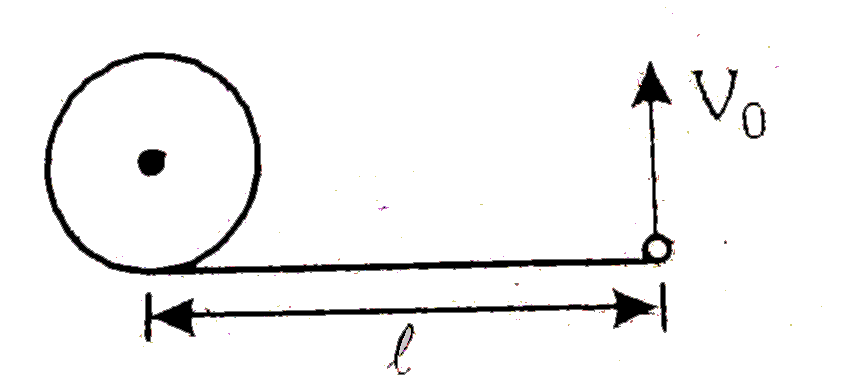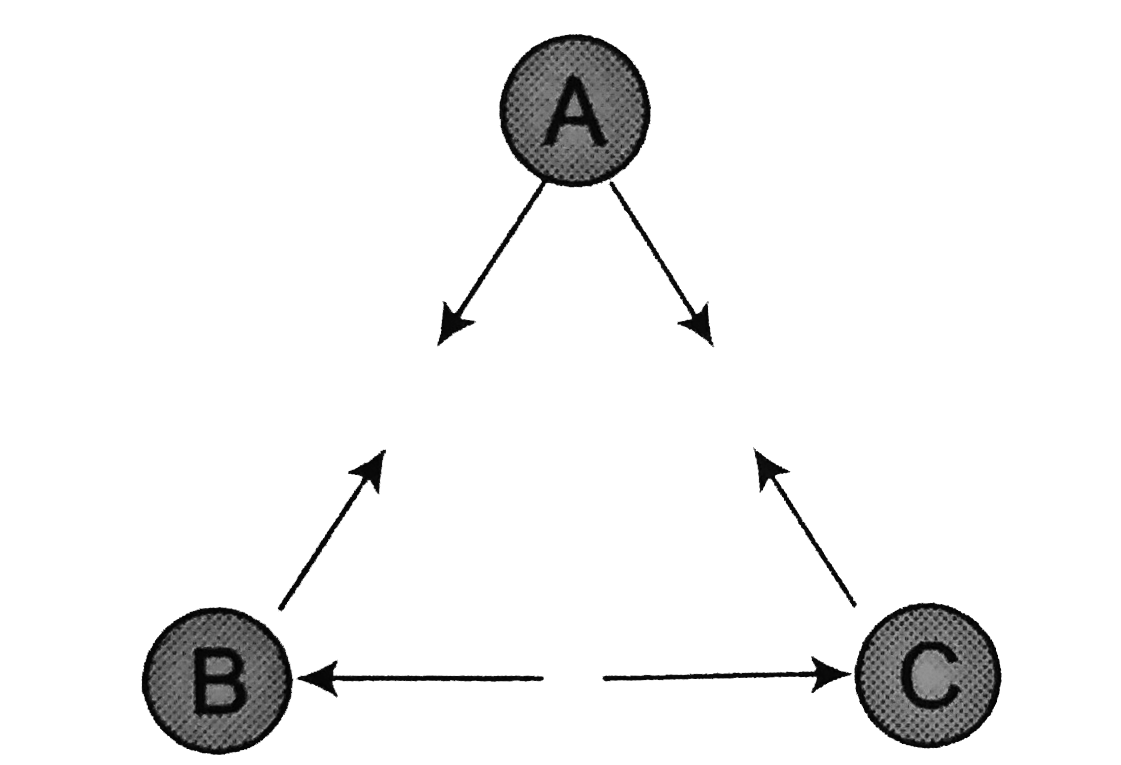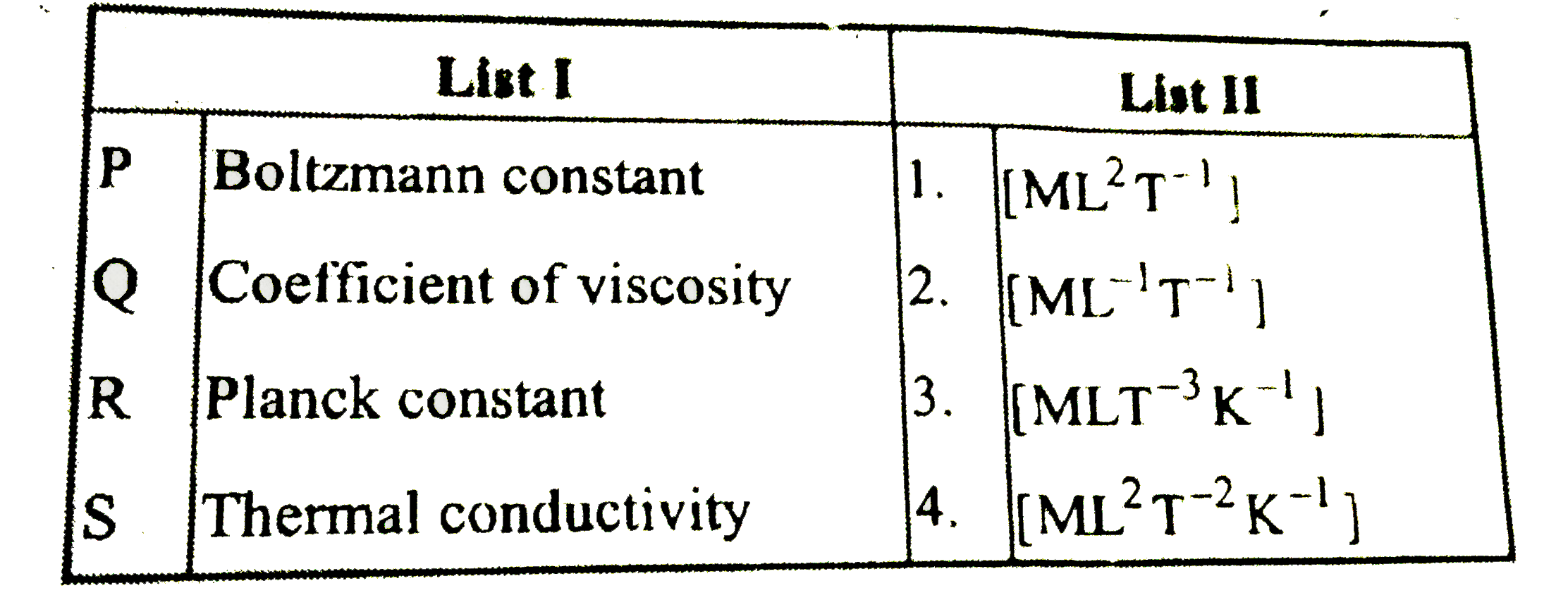Assertion:- If an object placed on the optic axis of a lens is illuminated by white light, then image formed will be coloured and not exactl white.
Reason:- The lens has different focal length sfor different colours. Solution in Gujrati
If both Assertion & Reason are True & the Reason is a correct explanation of the Assertion.
If both Assertion & Reason are True but Reason is not a correct explanation of the Assertion.
If Assertion is True but the Reason is False.
If both Assertion & Reason are False.
The correct Answer is:A
Step by step video & image solution for Assertion:- If an object placed on the optic axis of a lens is illuminated by white light, then image formed will be coloured and not exactl white. Reason:- The lens has different focal length sfor different colours. by Physics experts to help you in doubts & scoring excellent marks in Class 12 exams.
Updated on:21/07/2023Topper's Solved these Questions
- TEST PAPERSBOOK - ALLEN CHAPTER - TEST PAPERSEXERCISE - Part-1 Physics
15 Videos
- TEST PAPERSBOOK - ALLEN CHAPTER - TEST PAPERSEXERCISE - part-2 physics
73 Videos
- TEST PAPERSBOOK - ALLEN CHAPTER - TEST PAPERSEXERCISE - PAPER 2
60 Videos
- TEST PAPER 4BOOK - ALLEN CHAPTER - TEST PAPER 4EXERCISE - PHYSICS
45 Videos
- UNIT & DIMENSIONS, BASIC MATHS AND VECTOR BOOK - ALLEN CHAPTER - UNIT & DIMENSIONS, BASIC MATHS AND VECTOR EXERCISE - Exercise (J-A)
7 Videos
Similar Questions
A quantity of 2 mole of helium gas undergoes a thermodynamic process, in which molar specific heat capacity of the gas depends on absolute temperatureT , according to relation:
C=3RT4T0
where T0 is initial temperature of gas. It is observed that when temperature is increased. volume of gas first decrease then increase. The total work done on the gas until it reaches minimum volume is :-
View SolutionA bead is connected with a fixed disc of radius R by an inextensible massless string in a smooth horizontal plane. If the bead is pushed with a velocity v0 prependicular to the string, the bead moves in a curve and consequently collapses on the disc. Then

View SolutionThe diagram shows the arrangement of three small uniformally charged spheres, A,B and C. The arrow indicate the direction of the electrostatic forces acting between the spheres (for example, the left arrow on sphere A indicates the electronstatic force on sphere A due to sphere B). At least two of the spheres are positively charged. Which sphere, if any, could be negatively charged?

View SolutionTwo forces, each of magnitude F have a resultant of the same magnitude F. The angle between the two forces is
View SolutionMatch List I with List II and select the correct answer using the codes given below the lists :

View SolutionAssertion: If object is placed at infinity, then a virtual image will be formed at first focus of a concave lens. Reason: First focal length of a concave lens is positive.
View SolutionAssertion : The focal length of the lens does not change when red light is replaced by blue light. Reason : The focal length of lens does not depends on colour of light used.
View SolutionA lens whose radii of curvature are different is forming the image of an object placed on its axis. If the lens is reversed, will the position of the image change ?
View SolutionStatement-1 : A single lens produces a coloured image of an object illuminated by white light.
Statement-2 : The refractive index of material of lens is different for different wavelengths of light.
View SolutionThe dispersive power of the material of a lens is 0.04 and the focal length of the lens is 10cm. Find the difference in the focal length (in mm) of the lens for violet and red colour.
View SolutionA lens whose radii of curvature are different is forming the image of an object placed on its axis. If the surfaces of the lens facing the object and image are interchanged will the position of the image change?
View SolutionAssertion : The focal length of lens does not change when red light is replaced by blue light. Reason : The focal length of lens does not depends on colour of light used.
View SolutionA screen is placed 90cm from an object. The image of the object on the screen is formed by a convex lens at two different locations separated by 20cm. Determine the focal length of the lens.
View SolutionA screen is placed 90cm from an object. The image of the object on the screen is formed by a convex lens at two different locations separated by 20cm. Determine the focal length of the lens.
View SolutionAssertion : A single lens produces a coloured image of an object illuminated by white light. Reason : The refractive index of material of lens is different for different wavelengths of light.
View SolutionAssertion: If object is placed at infinity, then a virtual image will be formed at first focus of a concave lens.
Reason: First focal length of a concave lens is positive.
View Solution
